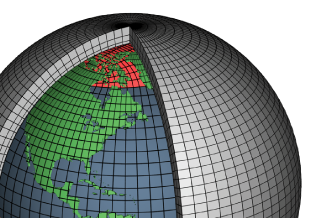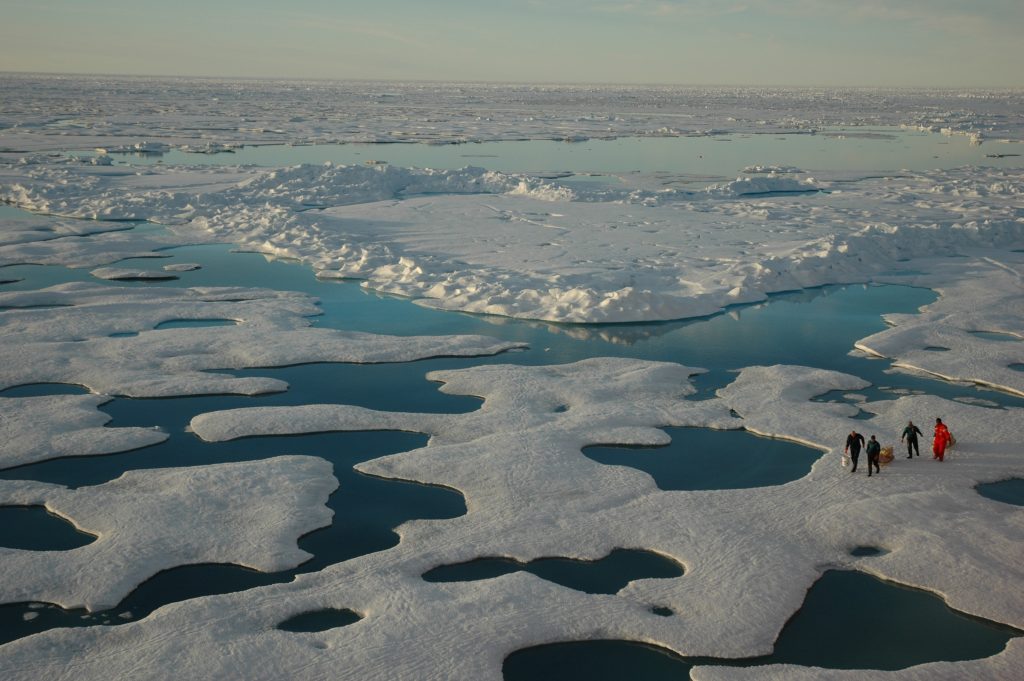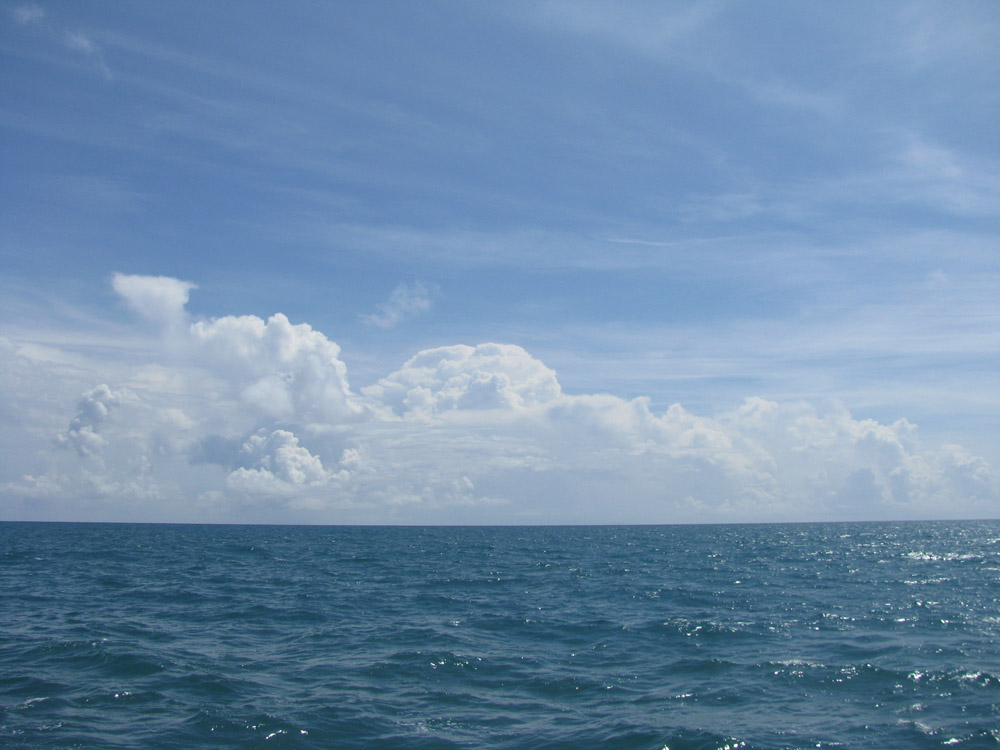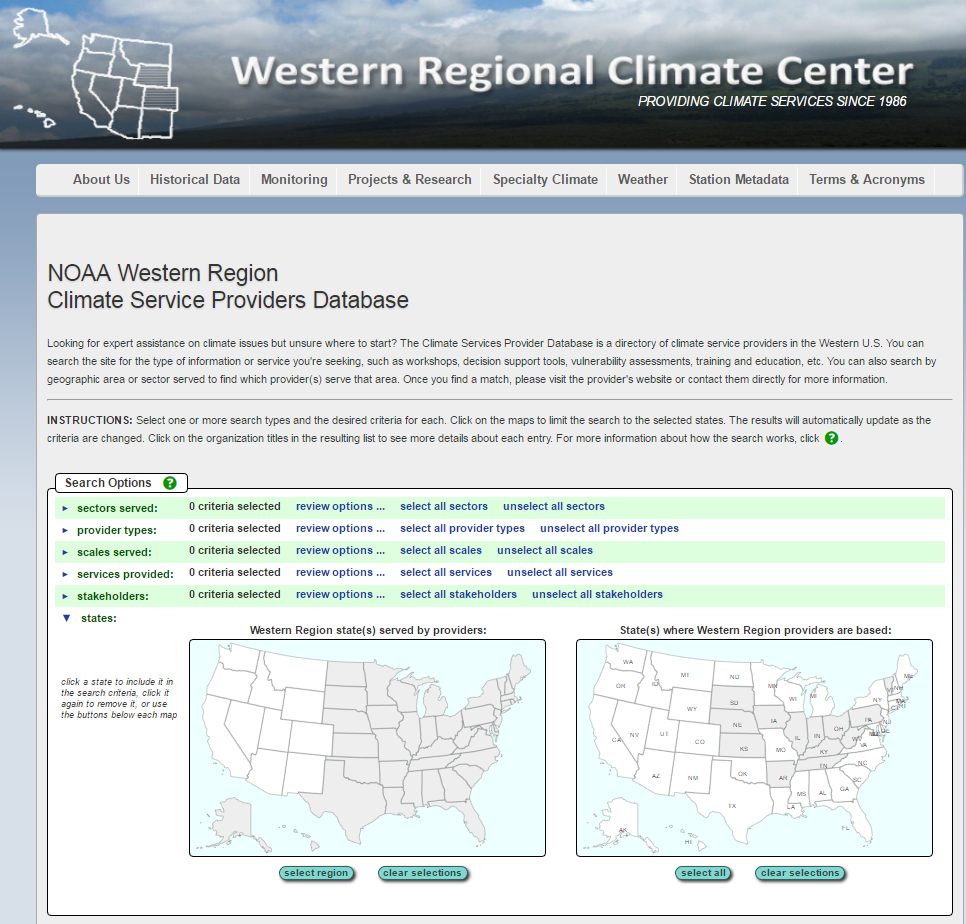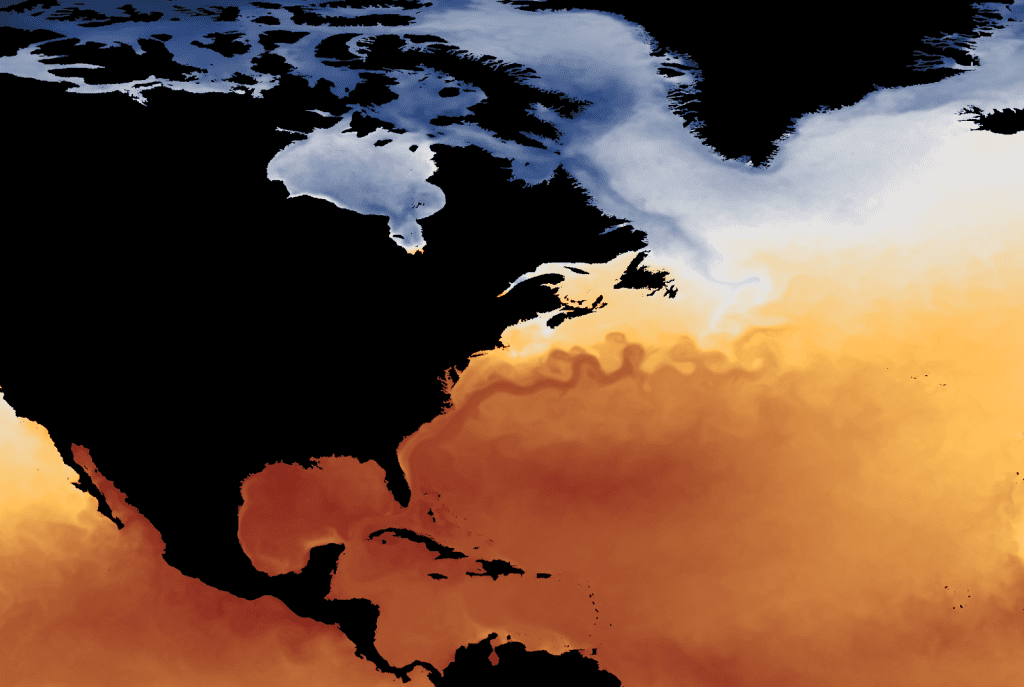National Integrated Heat Health Information System (NIHHIS) Web Launch: May 23, 2016
The National Integrated Heat Health Information System (NIHHIS) – a NOAA-CDC collaboration that facilitates an integrated approach to extreme heat risk reduction by providing a suite of decision support services to prevent heat related illness and death – is launching its web presence on Monday, May 23, 2016. The NIHHIS portal will serve as the nexus for heat-health information from NOAA, CDC, FEMA, DOD, OSHA, SAMHSA, ASPR, NIH, EPA, and others, and will point decision makers to case studies, tools, trainings, reports, and other resources that inform decisions and reduce heat-related risk.
National Integrated Heat Health Information System (NIHHIS) Web Launch: May 23, 2016 Read More »




